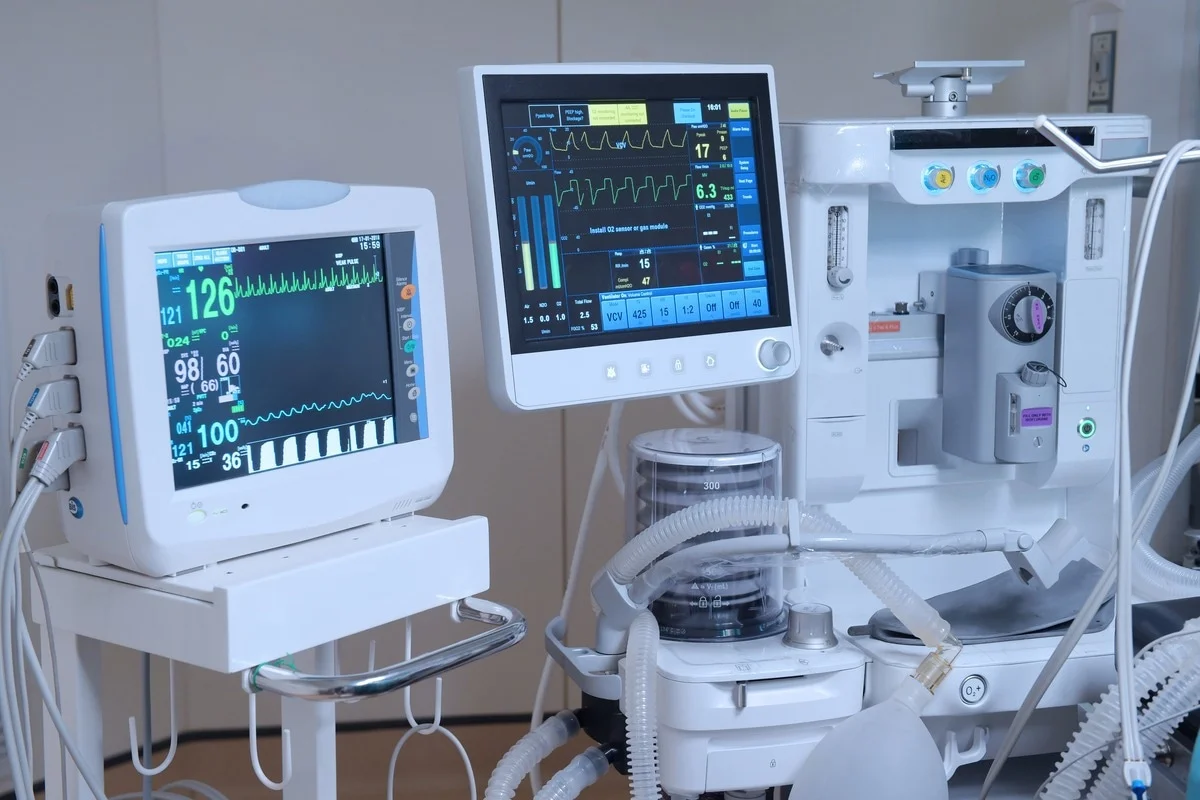Science & Technology, Canada (Commonwealth Union) – In a hospital setting, medical devices are essential tools for diagnosing, monitoring, and treating patients. These devices are designed to be reliable, accurate, and efficient, but they can malfunction or fail unexpectedly. That’s why hospital medical device alerting is critical to ensuring patient safety and preventing adverse events.
Hospital medical device alerting generally involves system and procedures used to notify healthcare professionals when a medical device fails or produces an abnormal result. The goal is to alert the staff promptly so that they can take appropriate action to prevent harm to the patient. This can include shutting down the device, adjusting settings, or replacing it with a backup device. The alerting plays a crucial role particularly in places where there is limited staff or in situations which result in large numbers of patients being admitted at the same time.
Researchers from the McMaster University and Vanderbilt University have indicated however that a change in the tune of hospital medical devices may enhance public health.
“By simply changing the sounds in medical devices, we can improve the quality of health care delivery and even save lives,” said Michael Schutz, who is co-author as well as professor of music cognition and percussion at McMaster University.
The study took further the prior research on sound design in medical devices, which draws attention to the shape of the sound. Researchers contrasted industry-standard flat beeps with alarm tones that go up and down gradually like musical notes along with the ways the various tones have an impact on speech recognition.
“This is the first time we’ve shown musical alarms work well for speech comprehension while also reducing annoyance. It’s hugely important for future sound design in medical settings,” explained Michael Schutz, who was co-author of the study as well as professor of music cognition and percussion at McMaster.
Those who took part in the study also rated the detectability of flat tones and percussive alarms as they performed a speech recognition task that was made to approximate real-world needs for health care staff. Respondents observed that the percussive tones were traceable and saw no interfere on speech comprehension, according to researchers.
In another experiment, respondents rated how irritating they made out the tones to be, noting that musical tones were less troubling compared to flat tones.
“Health care settings are a horrible cacophony of sound, we’re barraged by auditory alarms that are loud, annoying, not informative, and often false or non-actionable,” said Dr. Joseph Schlesinger, co-author as well as an associate professor of anesthesiology at Vanderbilt University. “There’s also the sounds of conversations and other equipment. Imagine you’re a patient being woken up. You can end up developing sleep deprivation or ICU delirium which can lead to long-term cognitive impairment.”
Auditory alarms have a significant part in health care as they alert staff fast when compared to speech or visual warnings, while permitting them to stay focused on other tasks. Schutz indicated that most efforts to lower noise pollution in hospitals have centered on lowering alarms rather than altering the sounds. As indicated by data released from the FDA, problems connected to hospital alarms have contributed to over 500 deaths.
Schutz also indicated that making the alert sounds less intrusive is an easier solution compared to redesigning alarm management methods and protocols across the industry further indicating that it was like playing the same song on various instruments where the tune is still recognized.
Schutz further indicated that the alteration in sounds can bring about alarms that permit better staff communication and lower recovery times. This can even save lives,”
Hospitals across the world are likely to benefit from the study as at times the alert can often cause panic among the patients and visitors.
The study is set to be published in an upcoming issue of The British Journal of Anesthesia, which funded by the Natural Sciences and Engineering Research Council of Canada, the Canada Foundation for Innovation, together with the Office of Naval Research.








